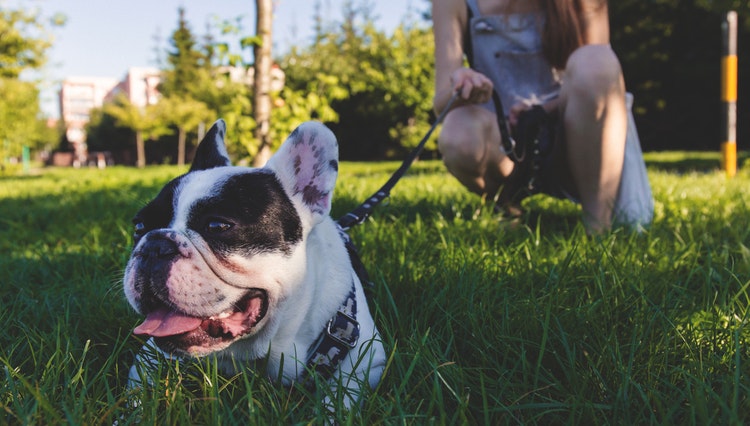This might be the best harness for your dog
So, you already have tied a collar around your buddy’s neck. Cute, indeed. It may or may not, however, let you have great control over her / him when out on a walk or being amidst a group.
A good harness is what the vet has ordered for you. Harnesses offer a great many benefits as compared to a typical dog collar you might already have your wet flaunt. Body harnesses are of high utility because of the comfort they assure your furry friend and the improved control they offer you. A word of caution: it’s better to catch ‘em young once you make up your mind to use a harness.
There are many types of dog harnesses out there, and scouting for the best adult dog or puppy harness in the burgeoning pet market is no cakewalk.
Front-clip harnesses
Front-clip harnesses employ a leash set-up in the middle of your pet’s sternum and are quite effective in reducing pulling during walks.
This type of harness lets you handle better even a strong, and compulsive puller while you work to improve his on-leash behaviour. These harnesses also provide directional steering, letting the dog to be turned around when needed.
Back-clip / Step-in harnesses
On the back-clip harness, the ring attached to the leash is on the top of the dog’s back. These harnesses can be used for calm dogs that are already trained not to pull on the leash, as the design will not do too much to dissuade pulling.
Most of the dogs can easily get used to back-clip harnesses in a short period. The harnesses are especially useful for small dogs with delicate throats easily damaged by collars.
Tightening harness
These harnesses tighten and mount pressure if the dog begins to pull. If you use a tightening harness, it is crucial that you ensure it is gentle around your pet’s torso and doesn’t induce much pain.
Tightening harness is quite easy to put on a dog and can help a great deal in hindering pulling in the more obstinate pet.
Vest harnesses
The vest harness is designed in a way to position the D-ring for the leash is on the dog’s back, far away from the dog’s vulnerable throat.
Do note that is not meant for leash training or dogs that are not well behaved on a leash. There is a vest harness for service dogs, and others that are used for fashion and warmth. They can close in back or front.
Dog mobility harnesses
Does your senior dog is arthritic, ageing, or your pup, or adult pet injured or recovering from an illness or surgery?
Mobility harnesses is a boon for pet owners and vets who need it for conditions including hip dysplasia, myelopathy, joint disease and muscle atrophy affecting older dogs. The bonus? These can be on your dog for extended periods of time.
Use your judgement and choose the best one for your pet.

